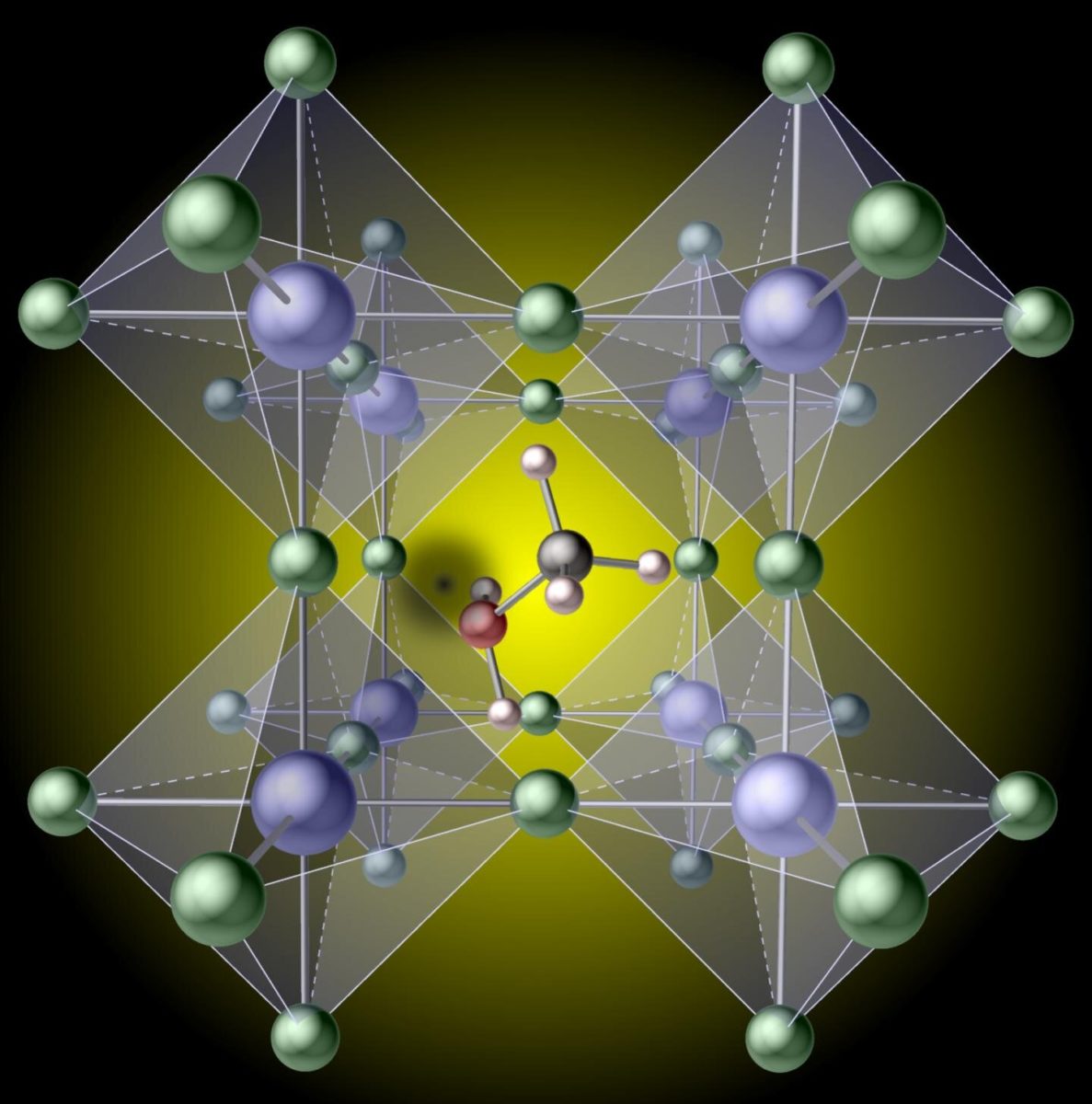In silicon PV, understanding the role played by hydrogen in several of the long-term degradation mechanisms known to affect PV cells is one of the biggest challenges faced by researchers working to get even further performance gains from what are already the leading commercial PV cell technologies.
Perovskites, a much newer area of research in PV, have quickly achieved efficiencies rivaling those of silicon, and tandem cells featuring both technologies have demonstrated potential for efficiencies nearing the 30% mark. But perovskites are affected by degradation mechanisms and performance-limiting defects less well understood than some of those in silicon, which continue to limit their commercial.
New research from scientists led by the University of California Santa Barbara (UCSD) outlines a key role for hydrogen in the formation of defects in perovskite films – particularly in methylammonium lead iodide, the material which has so far set most of the efficiency records for perovskite solar cell performance.
“We found that it is surprisingly easy to break one of the bonds and remove a hydrogen atom on the methylammonium molecule,” explained UCSD researcher Xie Zhang. “The resulting ‘hydrogen vacancy' then acts as a sink for the electric charges that move through the crystal after being generated by light falling on the solar cell. When these charges get caught at the vacancy, they can no longer do useful work, such as charging a battery or powering a motor, hence the loss in efficiency.”
The conclusions about hydrogen vacancies are drawn from computational analysis, described in full in the paper Minimizing hydrogen vacancies to enable highly efficient hybrid perovskites, published in Nature Materials.
Alternate materials
The researchers note that replacing methylammonium with another organic molecule, formamidinium – which has also been widely studied as a perovskite solar cell material, would be beneficial, as the hydrogen defects are less prevalent in this material.
“Through trial and error, it has been found that perovskites in which the methylammonium molecule is replaced by formamidinium exhibit better performance. We are now able to attribute this improvement to the fact that hydrogen defects form less readily in the formamidinium compound,” explained UCSB materials professor Chris Van de Walle. “Based on these fundamental insights, the scientists who fabricate the materials can develop strategies to suppress the harmful defects, boosting additional efficiency enhancements in solar cells.”
This content is protected by copyright and may not be reused. If you want to cooperate with us and would like to reuse some of our content, please contact: editors@pv-magazine.com.




By submitting this form you agree to pv magazine using your data for the purposes of publishing your comment.
Your personal data will only be disclosed or otherwise transmitted to third parties for the purposes of spam filtering or if this is necessary for technical maintenance of the website. Any other transfer to third parties will not take place unless this is justified on the basis of applicable data protection regulations or if pv magazine is legally obliged to do so.
You may revoke this consent at any time with effect for the future, in which case your personal data will be deleted immediately. Otherwise, your data will be deleted if pv magazine has processed your request or the purpose of data storage is fulfilled.
Further information on data privacy can be found in our Data Protection Policy.